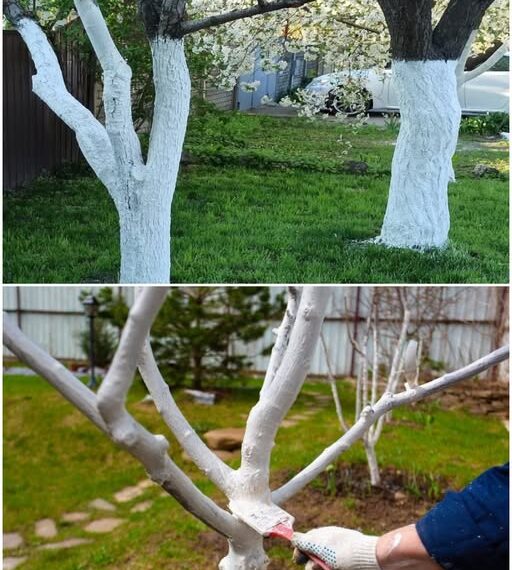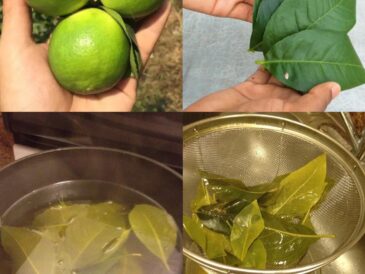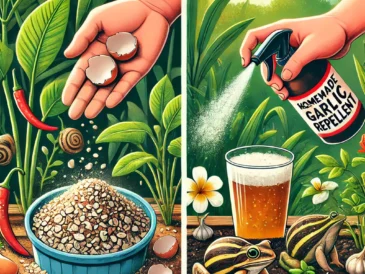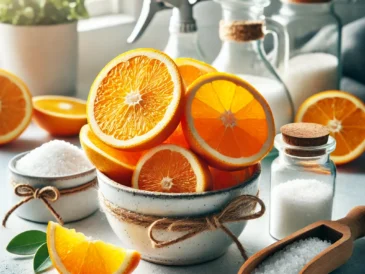If you’ve ever walked through an orchard and noticed fruit trees with striking white trunks, you’re witnessing a clever gardening tradition that’s both practical and protective. While it might look like a cosmetic touch, this technique—known as whitewashing—is a time-tested method used by expert gardeners to guard trees against the harsh elements of nature. 🌞❄️
And the best part? You only need to do it once a year.
🌟 Why Whitewash Your Trees?
Whitewashing is more than an aesthetic choice—it’s a shield for your trees. Here’s what this powerful technique does:
☀️ 1. Prevents Sunscald
During late winter and early spring, the sun can warm the bark on one side of the tree, especially the south and southwest sides. When night falls and temperatures plunge, the bark cools rapidly—leading to cracking, also known as sunscald.
Scientific Note: According to research by the University of Missouri Extension, sunscald injuries are especially common on young or thin-barked trees like apple, peach, and cherry. Whitewashing reflects sunlight, maintaining a more even bark temperature and preventing this thermal shock.
🐛 2. Discourages Pests
Some insects and borers prefer to lay eggs or burrow into dark, rough bark. The bright white coating makes the surface less appealing and more visible to birds, who often feed on pests.
Studies by the USDA have shown that painted tree trunks may reduce borer infestations, especially in stone fruit trees.
🌱 3. Helps Prevent Disease
Cracked bark and pest damage are entry points for fungal and bacterial infections. By reducing those vulnerabilities, you also reduce the likelihood of diseases taking hold in your tree’s vascular system.
🐭 4. Mild Rodent Deterrent
Although not its main purpose, whitewash can discourage rodents like voles and rabbits from chewing on trunks. It’s best used along with other deterrents (e.g., tree guards or wire mesh).
❄️ 5. Protects in Winter
Trees experience temperature swings that can stress and weaken their bark during winter. Whitewashing insulates and reflects light, helping your trees survive the cold more comfortably.
🧪 What’s in the Whitewash?
Traditional whitewash is non-toxic and tree-safe, unlike household bleach or paint, which can suffocate the bark. The basic recipe includes:
- Hydrated lime (Calcium Hydroxide): Key ingredient providing the white color and antimicrobial properties
- Water: To create a spreadable mixture
- Optional adhesive agents: Like milk (casein), natural glue, or a small amount of water-based latex paint (non-toxic)
🧠 Caution: Never use household bleach or oil-based paints—they can damage the tree and prevent the bark from breathing properly.
🖌️ How to Apply Whitewash
Application is easy and quick, and it lasts all year:
TO CONTINUE READING THE ARTICLE PLEASE SEE PAGE 2




